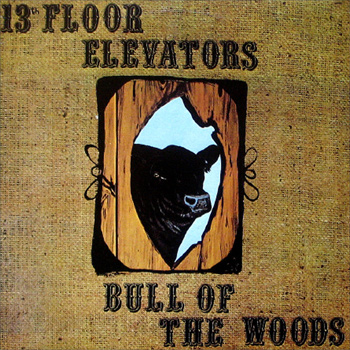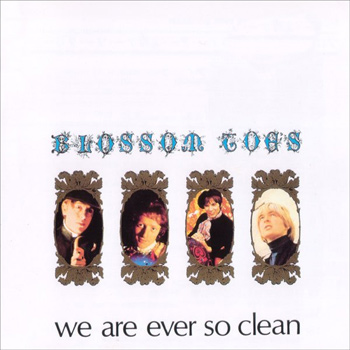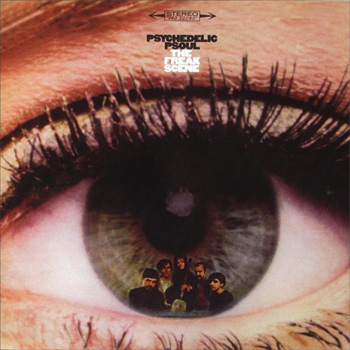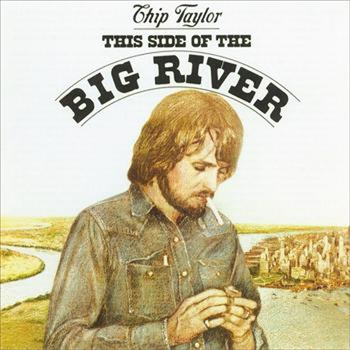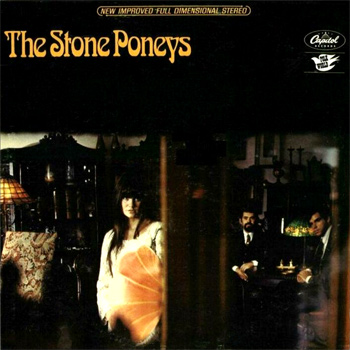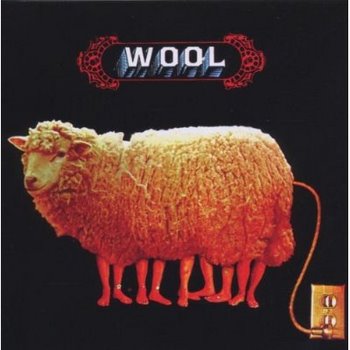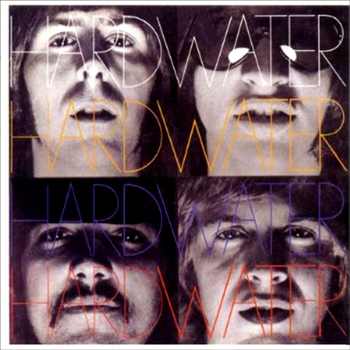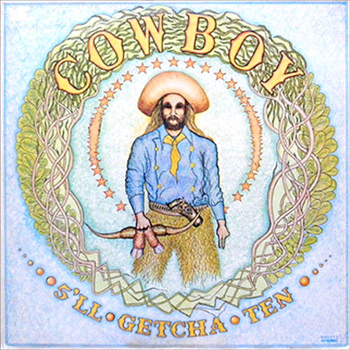Blue Mountain Eagle (self-titled)
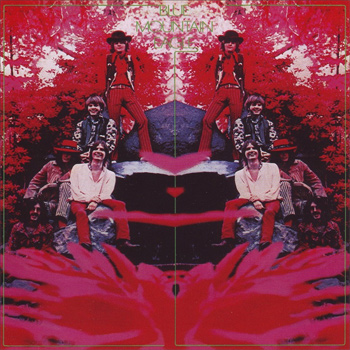
Blue Mountain Eagle is a band with a tediously convoluted history. Though originally construed by former Buffalo Springfield drummer Dewey Martin as the New Buffalo Springfield, they went through a long series of lineup changes during their brief existence, the end result of which was Martin’s rather ironic expulsion. A pretty-much-inevitable lawsuit taken out against the band by Stephen Stills and Neil Young effectively barred them from performing under their rather awkward, hand-me-down moniker, so the group took on the name of a newspaper one of the guys had picked up while on tour.
What may have seemed like setbacks at the time, however, were for the best, as Blue Mountain Eagle deserved to be remembered as more than just a shadow of the Springfield. By the time of their debut record, the band boasted a strong line of musicians which included, oddly enough, the brothers of both Jim Price (horn-man with Delaney & Bonnie, the Stones, et al) and Bobby Fuller (who fought the law and lost). It seems to me that these cats couldn’t help but be overshadowed, whether through the ghosts of musical history or their own blood kin.
Taken as it is, the band’s 1970 self-titled debut comes on like a breath of fresh mountain air, boasting traces of influence from the old Springfield but a sound all unto its own. The band’s vocal harmonies and tight songwriting mesh beautifully with their heavy Pacific Coast sound. Many of the tunes here feature lengthy instrumental passages showcasing Bob Jones’ scorching electric guitar work, though no one song surpasses the five minute mark. Early Traffic shades the laid-back Troubles (that acoustic guitar opener sound familiar to anyone else or am I hearing things?) while a Moby Grape influence is all over Feel Like A Bandit and No Regrets. The choogling rhythm section, brash vocals and soaring guitar interplay are chock-full of the kind of drive that normally marked a band as future FM favorites. Despite Blue Mountain Eagle’s album selling moderately well, however, it just wasn’t enough to keep a band like this in the game for long. This proved to be their sole recording besides one obscure single, an early take on Stephen Stills’ Marianne.
Blue Mountain Eagle is currently out-of-print, but relatively recent reissues on both CD and LP are still easy to track down. There’s a lot to dig into here, and if you’re into west coast psychedelia I’d really recommend checking this group out. After the Eagle’s dissolution, members would go on to join such groups as Medicine Ball and even Arthur Lee’s reconstituted Love.
“Troubles”
![]() Original | 1970 | ATCO | search ebay ]
Original | 1970 | ATCO | search ebay ]
![]() MP3 Album | download ]
MP3 Album | download ]
![]() Spotify link | listen ]
Spotify link | listen ]
Don’t buy the Fallout bootleg
